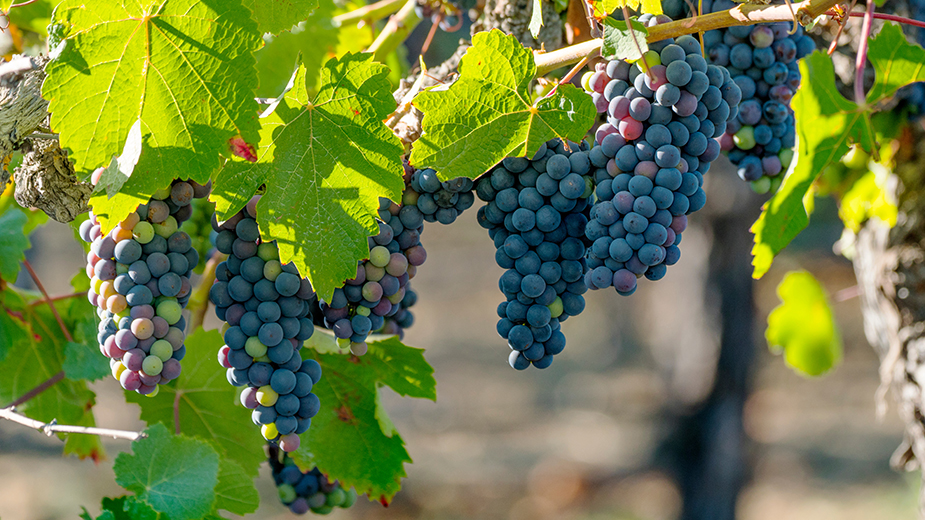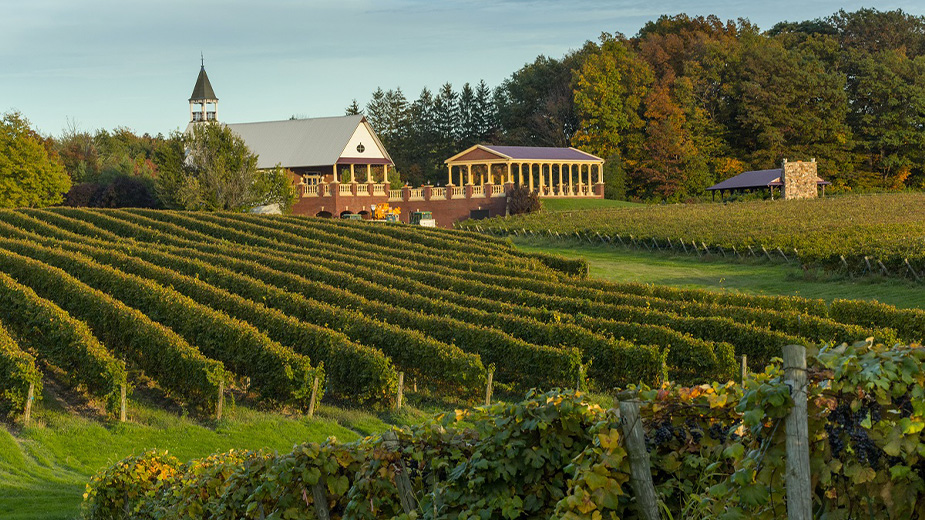Column | At the Root of the Grand River Valley Wine Region Is the Concord Grape
By Donniella Winchell
Executive Director, Ohio Wine Producers Association
GENEVA – Concord growers were the foundation of our region’s grape industry from Prohibition until the emergence of hybrids and vinifera vines in the mid-1980s. Without those vineyards, planted to keep a grower community alive, the current status of the Grand River Valley would never have been possible.
So, as we celebrate the world-class wines now growing here, some background on this “native” variety is important to remember.
The man recognized as the father of the Concord grape variety is Ephraim Wales Bull, who was born in Concord, Mass., in 1805.
As the story goes, Bull, a scientist of some renown in 1840s, took seeds from wild grapes neighbor boys brought up from vines growing on the riverbed adjacent to his family farm. He planted them and by the end of the decade, had fruit from one of the seedlings.
He called the vine “Concord.”
It was sold to local gardeners in the 1850s and taken to Missouri by a George Housmann during that same era. Other vines were planted in Chautauqua County, N.Y., shortly thereafter.
Concord was very popular with farmers because it was hardy under so many circumstances: neither the harsh winters of the Northeast, nor the clay soils around the Great Lakes, nor the hot summers in Missouri negatively impacted the fruit. It proved to be generally disease resistant in an era before modern chemical controls. It did have a tough “slip skin” and deteriorated quickly over long distance shipments, but when handled locally by juice processers and wine makers, it became the foundation of a thriving industry.
The irony of the Concord story is that as a foundation fruit in the early to mid-1900s, it proved its value: growers of that era could make money growing and selling it.
Long-term contracts with companies like Welch supported farm families for several generations. Returning World War II veterans played an important part in its success. The Department of Defense had served purple grape juice, with its many healthy attributes, to American soldiers throughout the war.
Many who served in the European Theater during the war were additionally exposed to the continent’s wines. Those returnees developed both a taste for the actual juice and an interest in wines. In the 1950s, the Concord based Cold Duck proved to be a bubbly sensation. Sales were great and fruit prices were strong. But it was not to last.
The conundrum was that once high prices were established, they virtually never grew. In 1950, the average ton of Concord sold for $250. Today, that same ton for juice production sells for a paltry $275. And at times in the 1980s, the price actually dropped to below $100. A contemporary grower cannot afford to produce fruit at that price, even if his vineyards are growing on mortgage-free property.
The dilemma for our present wine community is that these Concords, which once provided a good family farm income, are planted on the best frost-free and quality soil sites. And it is critical that those sites now be replanted to the more profitable and desirable Rieslings, Pinots, Chardonnays and Vidals.
The wine business is one based on generational planning. If our kids and grandkids are to stay in this business, we must make sure that the foundation provided by our Concord-growing parents is preserved for the viniferas and hybrids of their future.
Copyright 2024 The Business Journal, Youngstown, Ohio.



